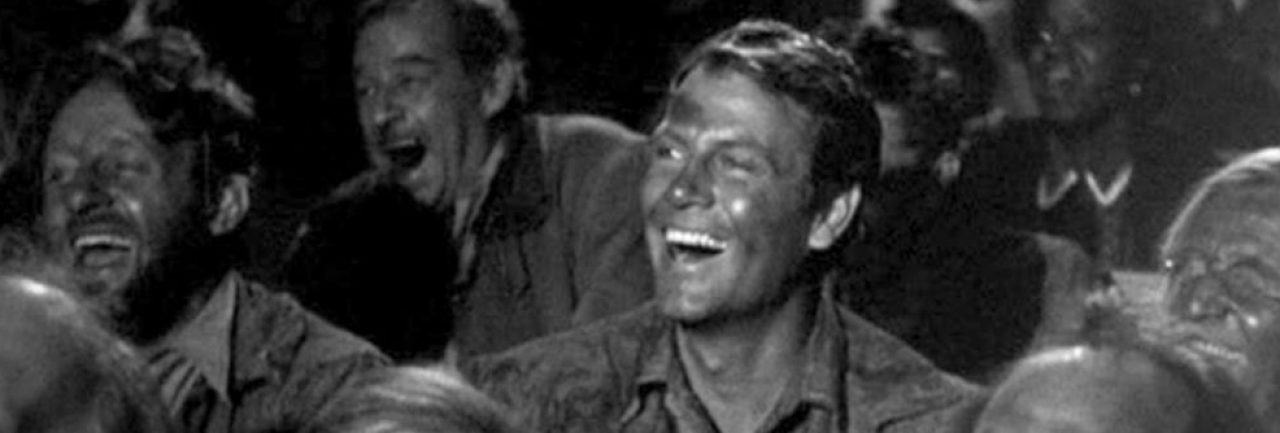Let’s lift a glass and drink to Robert Benton, a modest man of more than modest talent. Benton was born in Waxahachie, Texas, in 1932, attended the University of Texas, and made his way — as so many others have done before and since — to New York City. There he collaborated with a UT buddy, Harvey Schmidt (later to co-write The Fantasticks) on a clever book called The In and Out Book, and eventually landed a job as art director of Esquire magazine, then at the center of the New Journalism and other manifestations of American hipness. Benton and another Esquire editor, David Newman, created the magazine’s annual Dubious Achievement Awards, wrote a clever book of their own, and wrote the script of a clever musical, It’s a Bird … It’s a Plane … It’s Superman, which I saw on Broadway in 1966.
The following year, Benton and Newman really made a splash with their first screenplay, for Bonnie and Clyde. Benton made the move to directing in 1972 with the revisionist western Bad Company, and subsequently released a string of classics, near-classics, and interesting failures, including The Late Show, Kramer vs. Kramer, Places in the Heart, Billy Bathgate, and Nobody’s Fool. That last film, released in 1994, starred Paul Newman, and he and Benton reunited four years later forTwilight, an elegiac private eye picture. Newman is the detective, Harry Ross, who tries to sort out the truth and cling to a code of honor, however tattered.
That’s right, it’s updated Raymond Chandler, and frankly, Robert Altman did it better in The Long Goodbye. But it’s fun to watch Newman and fellow old pros Gene Hackman, Susan Sarandon, M. Emmett Walsh, James Garner, and Stockard Channing mix it up with the talented newcomers Reese Witherspoon, Margo Martindale, and Liev Schreiber.
The movie-in-movie scene is a corker. Hackman plays Jack Ames, an actor who’s battling cancer. He and Harry have a complicated relationship, playing cards and avoiding mutually agreed on sensitive topics. Like a lot of aging stars, apparently, Jack likes watching his own old movies, in this case, Downhill Racer (1969).
The Twilight scene is a nice one for a number of reasons, including the appreciation Benton — as both writer and director — shows for the power of silence.

Pingback: Neo-noir II: ‘This Gun for Hire’ and ‘Roman Holiday’ in ‘L.A. Confidential’ – Movies in Other Movies